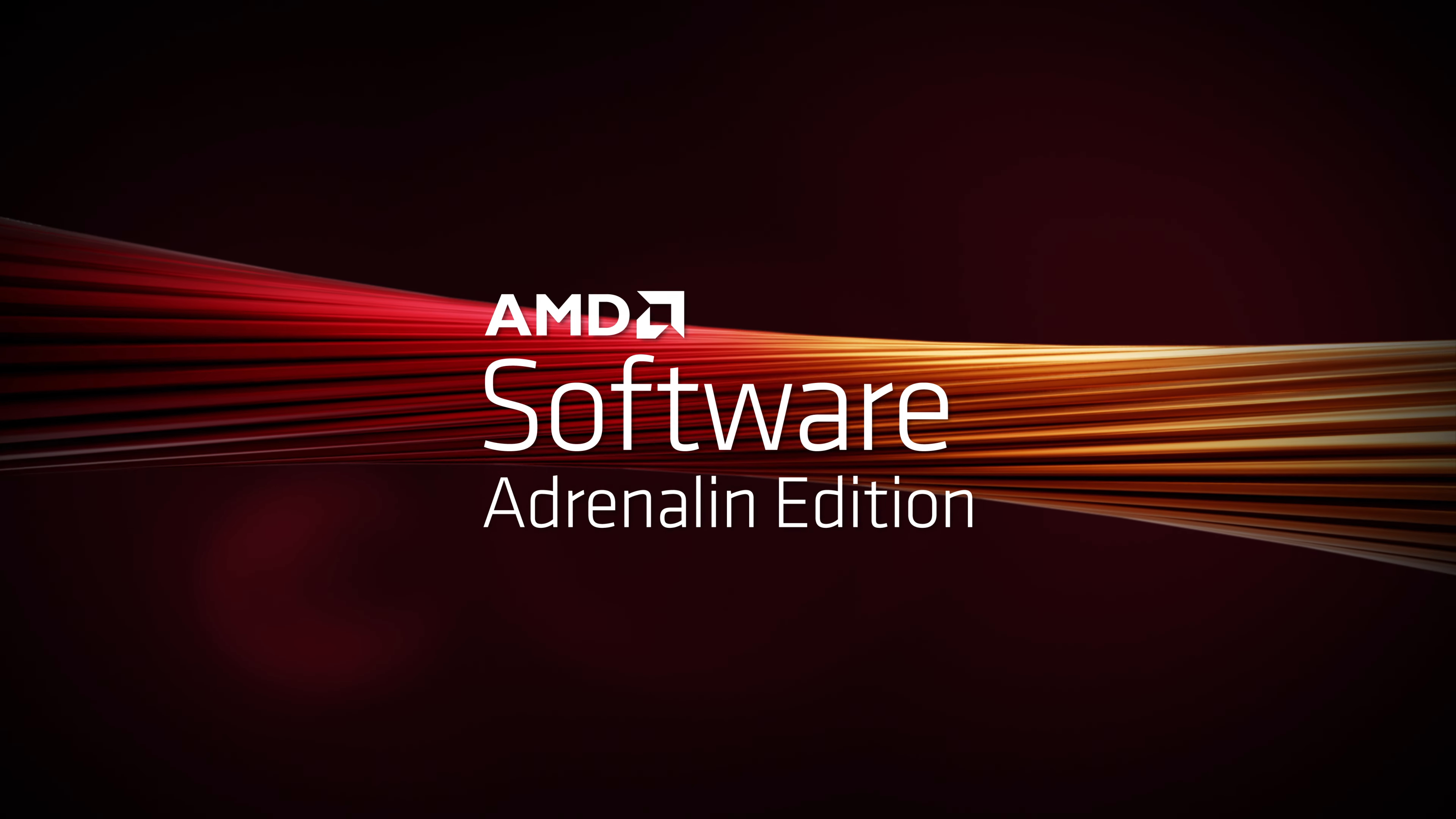
AMD has introduced new functionality into its Adrenalin drivers aimed at developers and graphics programmers called Driver Experiments. This new tool allows users to turn parts of the rendering pipeline on or off in a video game, all through the driver itself.
This powerful manipulation of game rendering is designed to assist developers in hunting down problems or bugs affecting their game/application. AMD gave several examples:
“If you are a graphics programmer, you may have encountered situations when you thought: – Why is my application crashing or working incorrectly on this particular GPU? If only I could disable some optimizations done by the graphics driver or enable some extra safety features, I would check if the bug goes away.
Or, if you don’t have the source code of your application on the machine where you are testing to be able to reconfigure it, you could say: – I wish I could pretend my GPU doesn’t support ray tracing, or force-off V-sync, and see if it helps.
Or, maybe you even thought: – I suspect this is a bug in the graphics driver! I am sure developers at AMD have some secret tools to control it that helps them with testing. If only such tool was available publicly…”
Driver Experiments allow developers to troubleshoot these problems more quickly without changing any code in the application itself. Driver Experiments can turn many features on and off through the Adrenalin driver alone, including disabling mesh shaders, ray tracing, vector extensions, work graphs, low precision, and more.
Optimizations and safety features can also be manipulated, including turning off floating point optimizations, barrier optimizations, shader compiler optimizations, acceleration structure optimizations, mesh shader optimizations, ray tracing shader inlining, shader cache, depth-stencil texture compression, V-Sync, and more.
To use Driver Experiments, users will need Radeon Developer Panel version 3.2 or later. Support is also limited to RX 5000, RX 6000, and RX 7000 series GPUs, Windows 10, Windows 11, and Adrenalin driver version 24.9.1 or newer. This new tool is specifically aimed at developers and programmers. Still, nothing stops diehard enthusiasts from messing with this software to try and improve their overall gaming experience, even if that’s not what the software is intended for. Regardless, AMD warns that Driver Experiments level of control is so deep that it can affect the stability of the application it is being used on.







